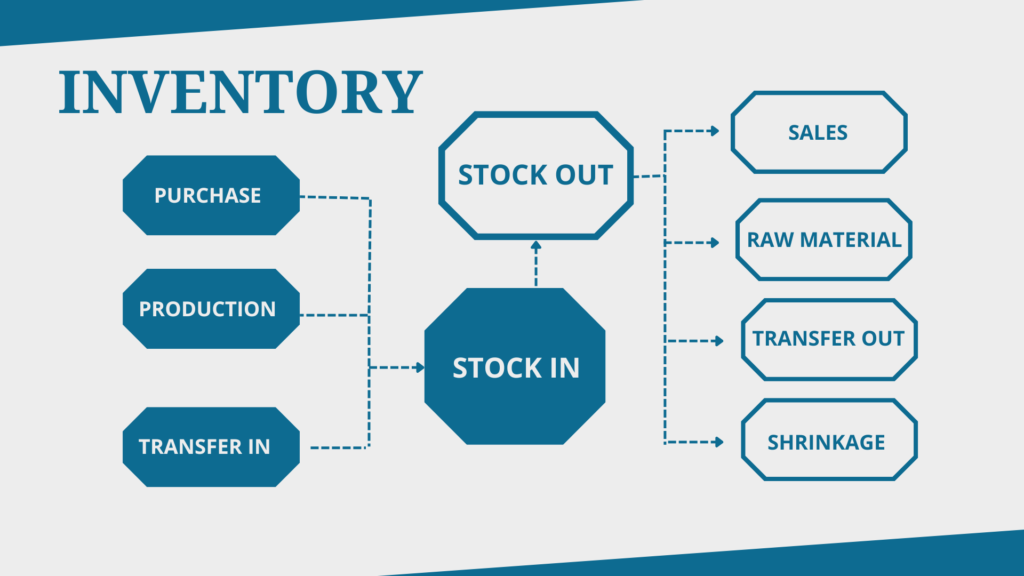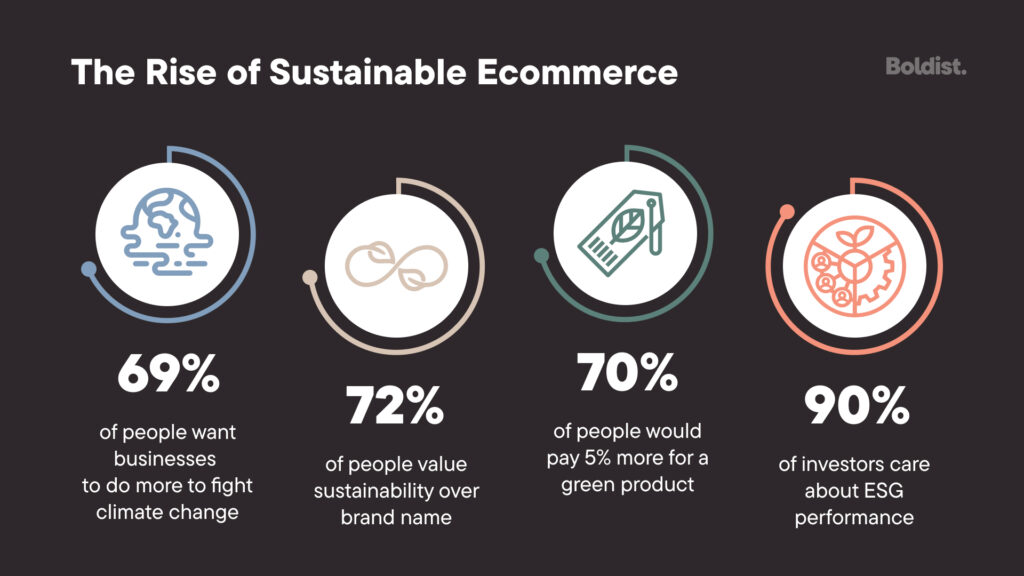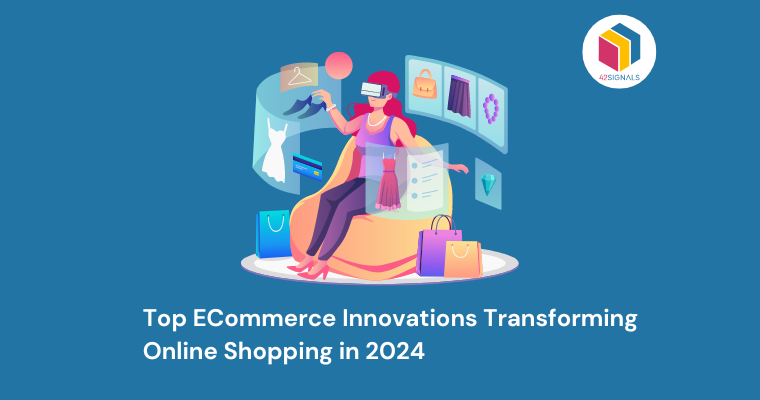The e-commerce industry is evolving at an unprecedented pace, driven by advancements in technology, changing consumer expectations, and the competitive landscape. As we move through 2024, several groundbreaking ecommerce innovations are reshaping the online shopping experience, making it faster, more convenient, and more personalized than ever before.
Let’s look at the innovations that are set to transform how we shop online this year, with a particular focus on quick commerce, dark stores, and improvements in product availability and inventory management.
1. Quick Commerce: The Rise of Instant Gratification
Quick commerce, or q-commerce, represents the next evolution in online shopping, characterized by ultra-fast delivery times, often within minutes to an hour. Unlike traditional e-commerce models that may take days for products to arrive, quick commerce leverages a combination of local fulfillment centers, advanced logistics, and optimized inventory management to ensure rapid delivery.

Image Source: Dataweave
The driving force behind quick commerce is consumer demand for instant gratification. In a world where everything from entertainment to communication is instantaneous, waiting for days for a product no longer aligns with consumer expectations.
This shift is particularly evident in urban areas where customers expect groceries, electronics, and even apparel to be delivered almost immediately.
Quick commerce companies are leveraging small, strategically located fulfillment centers, often referred to as “dark stores,” to meet this demand, which can come under the umbrella of ecommerce innovation.
These dark stores are not open to the public but serve as hyper-local distribution hubs designed to fulfill online orders rapidly. Their strategic placement close to consumer hubs allows for faster delivery times and reduced logistical costs, making quick commerce a feasible and profitable model.
2. Understanding Dark Stores: The Backbone of Quick Commerce
A dark store is a retail distribution center that caters exclusively to online orders, operating without a physical storefront for customers. These facilities are crucial in supporting the quick commerce model, ensuring that products are readily available and can be dispatched with minimal delay.
Dark stores differ from traditional warehouses in several ways.
Firstly, they are often located in urban areas, much closer to the end consumer. This proximity allows for faster delivery times, as products do not need to travel long distances.
Secondly, dark stores are optimized for picking and packing efficiency. The layout of a dark store is designed to minimize the time workers spend locating items, allowing for quick assembly of orders.

Image Source: CNN
In 2024, the concept of dark stores has expanded beyond grocery and consumer goods into various other sectors, including fashion and electronics.
Retailers are increasingly adopting this model to ensure that they can meet the growing demand for fast, reliable delivery. The success of dark stores hinges on advanced inventory management systems that ensure products are always in stock and ready to be shipped at a moment’s notice.
3. Enhanced Inventory Management: The Key to Product Availability
One of the most significant challenges in e-commerce has always been inventory management. Ensuring that products are available when customers want them is crucial to maintaining customer satisfaction and preventing lost sales. In 2024, advancements in artificial intelligence (AI) and machine learning are revolutionizing how retailers manage their inventories.
Modern inventory management systems use predictive analytics which is another ecommerce innovation to forecast demand with greater accuracy. These systems analyze vast amounts of data, including historical sales trends, seasonality, and even social media sentiment, to predict which products will be in demand. This allows retailers to stock the right amount of each product, minimizing the risk of overstocking or stockouts.

Image Source: Cash Flow Inventory
Moreover, real-time inventory tracking has become a standard feature in e-commerce platforms. Retailers can now monitor their inventory levels across multiple locations, including warehouses, dark stores, and even brick-and-mortar outlets. This real-time visibility ensures that products are always available for quick commerce delivery, enhancing the overall customer experience.
4. Personalization at Scale: Meeting Individual Customer Needs in Ecommerce Innovation
Personalization has been a buzzword in e-commerce for years, but in 2024, it has evolved into a highly sophisticated tool that allows retailers to cater to individual customer preferences at scale. Advances in AI and machine learning enable e-commerce platforms to analyze customer data and deliver highly personalized shopping experiences.
One of the key ecommerce innovations in personalization is the use of AI-powered recommendation engines. These systems analyze a customer’s browsing and purchase history, as well as data from similar customers, to suggest products that are likely to be of interest.
In 2024, these recommendation engines have become more accurate, offering personalized product suggestions that feel almost intuitive.

Image Source: Science Soft
Additionally, dynamic pricing is becoming more prevalent in e-commerce. This strategy involves adjusting the price of products based on real-time factors such as demand, inventory levels, and even individual customer behavior.
For example, a customer who frequently purchases from a particular category may be offered a special discount to encourage repeat business. This level of personalization not only increases sales but also enhances customer loyalty.
Another aspect of personalization is the customization of the shopping experience itself. E-commerce platforms are increasingly offering features that allow customers to tailor their shopping journeys. This could include options like creating personalized shopping lists, setting up recurring orders for frequently purchased items, or even designing custom products. These features make the shopping experience more engaging and relevant to individual customers.
5. Augmented Reality (AR) and Virtual Try-Ons: Bridging the Gap Between Online and Offline Shopping with Ecommerce Innovation
One of the biggest challenges of online shopping has always been the inability to physically interact with products before purchasing. In 2024, augmented reality (AR) and virtual try-ons will address this challenge, offering customers a way to visualize products in their own environment before making a purchase.
AR technology allows customers to use their smartphones or other devices to overlay digital images of products onto their real-world surroundings.
For example, a customer shopping for furniture can use AR to see how a sofa would look in their living room. Similarly, virtual try-ons enable customers to see how clothing, accessories, or makeup will look on them without leaving their homes. This is truly one of the best ecommerce innovations in recent years.

Image Source: Forbes
These technologies are particularly valuable in industries like fashion and home decor, where the visual appeal of a product is a significant factor in the purchasing decision. By offering a more immersive shopping experience, AR and virtual try-ons reduce the uncertainty associated with online shopping, leading to higher conversion rates and fewer returns.
6. Sustainable E-commerce: Meeting Consumer Demand for Eco-Friendly Practices
Sustainability has become a key concern for consumers, and e-commerce companies are responding by adopting more eco-friendly practices. In 2024, sustainable e-commerce is no longer just a trend but a necessity for retailers looking to attract environmentally conscious customers.
One of the most significant innovations in sustainable e-commerce is the use of green packaging. Retailers are increasingly using recyclable, biodegradable, and even reusable packaging materials to reduce their environmental impact. Some companies are also offering incentives for customers who choose to return packaging for reuse, further reducing waste.

Image Source: Boldist
Additionally, the rise of carbon-neutral delivery options is helping to make e-commerce more sustainable. Retailers are partnering with logistics providers that offer carbon offset programs, allowing customers to offset the carbon footprint of their deliveries. Some companies are even investing in electric delivery vehicles and other green technologies to reduce their emissions.
Inventory management also plays a role in sustainability. By optimizing inventory levels and reducing overstock, retailers can minimize waste and reduce the environmental impact of excess production. While sustainability may not click as a part of ecommerce innovation, it is one of the most important ones that affect the whole planet, especially with the abundance of items created, shipped, and thrown away daily.
7. The Future of Payments: Seamless and Secure Transactions in Ecommerce Innovation
As e-commerce continues to evolve, so too do the methods of payment. In 2024, we are seeing a shift towards more seamless and secure payment options, designed to enhance the customer experience and reduce friction at checkout.
One of the most significant developments in this area is the rise of digital wallets and one-click payments. Digital wallets like Apple Pay, Google Pay, and PayPal allow customers to store their payment information securely and make purchases with a single click. This not only speeds up the checkout process but also reduces cart abandonment rates.
Another ecommerce innovation in payments is the use of biometric authentication. Technologies like facial recognition and fingerprint scanning are being integrated into e-commerce platforms to provide an extra layer of security.
These methods are not only more secure than traditional passwords but also more convenient for customers, who no longer need to remember complex passwords or enter lengthy security codes.
Moreover, the adoption of blockchain technology in payments is providing a more secure and transparent transaction process. Blockchain offers a decentralized ledger that records all transactions, making it nearly impossible for fraudsters to alter payment information. This technology is particularly beneficial for cross-border transactions, where security and transparency are paramount.
Conclusion
The e-commerce industry in 2024 is defined by rapid innovation, with quick commerce, dark stores, and advanced inventory management leading the charge. These innovations, along with personalized shopping experiences, AR, sustainable practices, and seamless payment options, are transforming the way we shop online.
It pays to be ahead of these trends and meet the growing expectations of modern consumers who want a seamless hassle-free shopping experience. Schedule a demo with us today and discover how our solutions can help you stay ahead of the curve.




